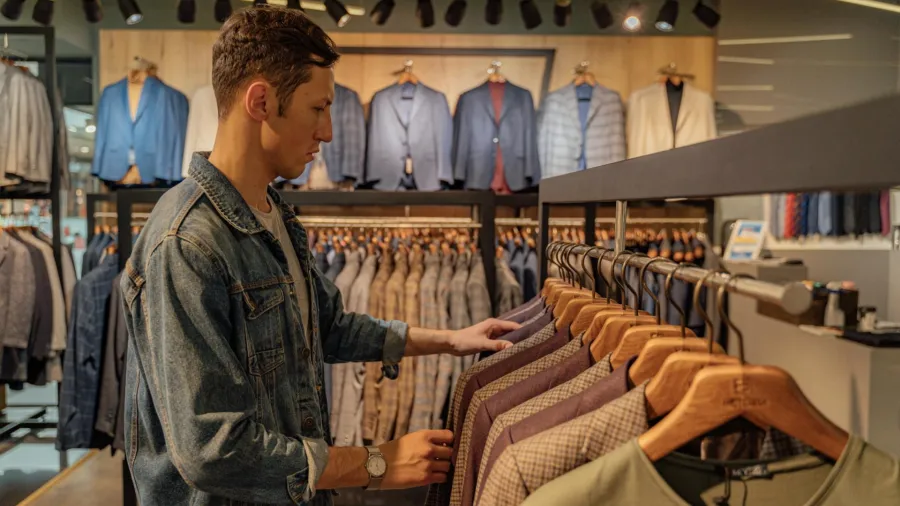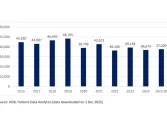
Physical stores still key to sales amidst digital shift
94% of shoppers make purchase decisions in-store.
Physical stores remain central to retail, despite the rise of e-commerce and ongoing predictions of their decline, according to EY.
EY’s Future Consumer Index showed that 94% of shoppers make purchase decisions in-store, even if they browse online beforehand. Nearly 45% discover new brands in-store, whilst 24% are influenced by product demonstrations.
Retailers are now using stores not just to sell, but to engage, educate and entertain. Many are turning them into media and experience hubs—incorporating AR mirrors, VR trials, gamified layouts, and digital screens for targeted advertising. Retail media is becoming a new income stream as brands pay for exposure in physical spaces.
Younger consumers, whilst digitally fluent, still visit stores for experiences, especially in discretionary categories like beauty, personal care and fashion. At the same time, social commerce and AI tools are reshaping online behaviour, with platforms offering one-click purchases directly from content. Retailers are adapting by upgrading e-commerce platforms and developing AI shopping assistants.
Essential categories like groceries remain store-led, but hybrid models are emerging. In beauty, for example, AI-driven skin assessments and personalised consultations are now part of the in-store experience.
Sustainability and health are also reshaping physical retail. Supermarkets and pharmacies are adding wellness services. Fashion and electronics retailers are launching resale, rental and repair offerings in response to consumer demand for more sustainable options.
About 62% of consumers see sustainability as a growing priority, whilst 72% prefer to repair rather than replace.
Retailers are also repurposing space. Stores are being converted into fulfilment hubs, dark stores, click-and-collect points, or even ghost kitchens to meet rising demand for convenience and home delivery.

















 Advertise
Advertise





